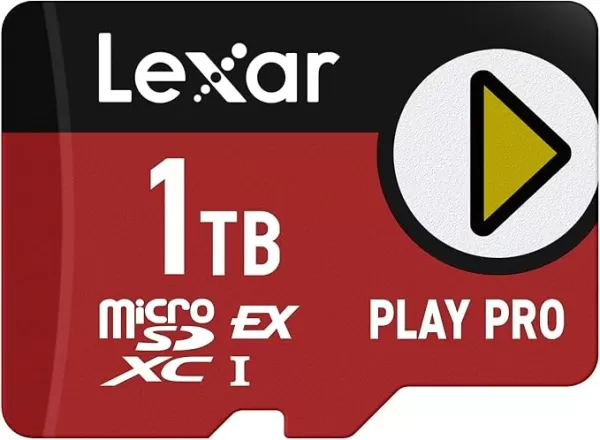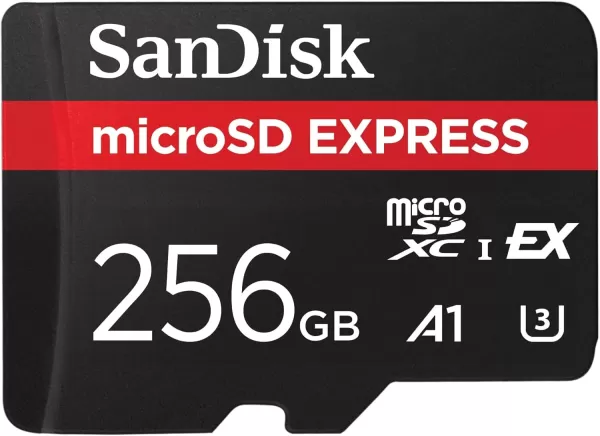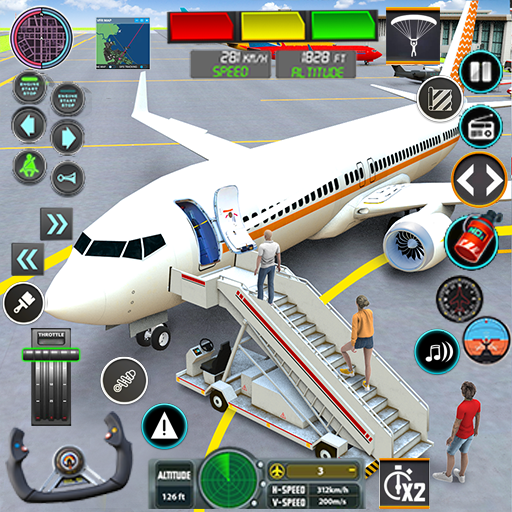Last week, Nintendo unveiled the Nintendo Switch 2, sparking excitement and curiosity among gamers. A significant detail from the announcement is that the console will exclusively support expansion via MicroSD Express cards. This choice might seem inconvenient for those with existing collections of MicroSD cards, but it's a strategic move due to the superior speed of MicroSD Express.
The key advantage of MicroSD Express cards is their ability to achieve read/write speeds comparable to the UFS (Universal Flash Storage) used in the Switch 2's internal storage. This similarity in speed means games stored on an expansion card can, theoretically, load just as quickly as those stored internally. The downside is the inability to use less expensive, non-Express MicroSD cards.
MicroSD vs. MicroSD Express
Over the years, MicroSD cards have evolved through six different speed ratings. Starting from the original SD cards with a mere 12.5MB/s, the standards have progressively improved, reaching up to 312MB/s with SD UHS III. However, the introduction of the SD Express standard five years ago marked a significant leap in speed.
The critical difference with SD Express is its use of a PCIe 3.1 interface instead of the slower UHS-I interface. PCIe is the same technology used in high-speed NVMe SSDs, enabling much higher performance potential. Full-sized SD Express cards can achieve transfer speeds up to 3,940MB/s, a dramatic increase over previous generations.
While MicroSD Express cards don't reach the peak speeds of their full-sized counterparts, they still offer impressive performance, with speeds up to 985MB/s—three times faster than the fastest non-Express MicroSD card.
Why Does the Switch 2 Require MicroSD Express?
Although Nintendo typically keeps its hardware decisions under wraps, the rationale behind requiring MicroSD Express cards for the Switch 2 is clear: speed. A game installed on a traditional UHS-I MicroSD card will load significantly slower than one on a MicroSD Express card, thanks to the PCIe 3.1 interface. This requirement hints at a potential trend for future handheld gaming PCs.
The Switch 2's internal storage has been upgraded to UFS from eMMC, aligning with the need for faster external storage. Early demonstrations suggest substantial improvements in load times, ranging from a 35% reduction during fast travel, as reported by Polygon, to a threefold initial load time enhancement, according to Digital Foundry. These improvements could be attributed to faster internal storage or the enhanced CPU and GPU capabilities, which can process data more efficiently. The main point is that Nintendo aims to ensure that future games requiring rapid disk access are not hindered by slower SD cards.
This move also paves the way for even faster storage solutions in the future. The current fastest standard for SD cards, SD 8.0 Specification, allows full-size SD Express cards to reach speeds up to 3,942MB/s. Although MicroSD Express cards can't yet match these speeds, they have the potential to do so in the coming years, provided the Switch 2 supports such speeds.
MicroSD Express Capacity Options
MicroSD Express cards have been slow to gain traction, but the launch of the Nintendo Switch 2 is likely to change that. Currently, options are limited. Lexar offers a single MicroSD Express card in 256GB, 512GB, and 1TB capacities, with the 1TB variant priced at $199.

### Lexar Play Pro MicroSD Express
0See it at Amazon
SanDisk, on the other hand, has one MicroSD Express card available, topping out at 256GB, which matches the internal storage of the Switch 2. As the Switch 2 hits the market, it's unlikely to find many MicroSD Express cards exceeding 512GB in capacity. However, this is expected to change as manufacturers like Samsung increase production.

### SanDisk MicroSD Express 256GB
0See it at Amazon















